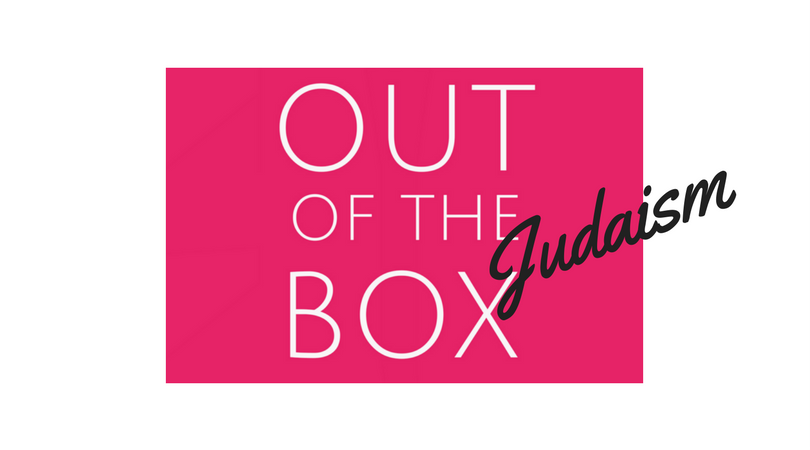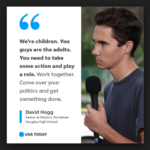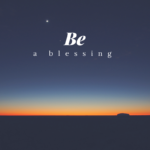This year one of my goals is to become a reiki master. An approximate translation of the word reiki is universal healing energy. If you practice reiki or have been to a reiki healing session, then you know first hand the powerful feeling of this energy being used for healing.
I’m not a reiki practitioner or a reiki master. But I’m well on my way, having already taken the classes for level 1 and level 2 and gotten my attunements at both those levels – twice.
The first time I took the course, I read half a book, watched a lesson on YouTube, and met with the teacher via a video chat while nodding off on my sofa at 10pm. (She was on live video, I was only there in audio.) That was lesson one.
For lesson two I read the second half of the book and met with the teacher on line while nodding off on my sofa at 9:30pm. There was also some journaling involved so that I record my experiences.
The second time I took the class, it was a two-day immersive experience in a castle. The teacher smudged each of us with sage before beginning anything. We had deep, guided meditations. When it was time for her to attune us, we sat in a line, each holding a crystal we’d chosen for the occasion, and she moved her hands and said blessings over us individually. When she stopped, we knew we’d received our attunement.
The first teacher had us sit comfortably in our own homes and meditate if we wanted to while she attuned us. She said we could open our eyes when we were ready. She said we’d know when we were finished.
The second teacher had us take turns practicing on each other, talking us through different things we might look for. And she’d also taught us symbols to “write” in the air with our hands or fingers when getting started and when finishing up.
The second class cost twice as much as the first one.
You can probably guess where I got more bang for my buck. But before I reveal the answer, I want to ask you:
HAVE YOU EVER DONE SOMETHING WITH HALF YOUR ATTENTION? HAVE YOU EVER DONE THAT SAME THING WHILE PAYING CLOSER ATTENTION?
I’m going to go out on a limb here and say: yes, you have. Do you own a cell phone? Have you ever looked at it or answered it when in a meeting, eating with someone, walking outside, or as one more thing before going to sleep?
But what about when you do pay attention? We all know that the best ingredient in food is love, right? Food made with love tastes better. Even a sandwich made especially for you by someone else tastes better than one you make for yourself. Because someone intentionally put their love in there.
And that concept is a lot of the central theme of learning reiki: intention matters. Intention makes a difference. A big difference. This was taught to me by both reiki teachers. The first teacher said that it’s all about intention, and so we don’t need special symbols or hand movements or words. The second teacher said it’s all about intention, and here are the special symbols and hand movements and words.
Where I got more bang for my buck was: from both of them. The first one taught me absolutely everything I needed. The second one reminded me that sometimes having a ritual can help me be more intentional in my actions.
Which is why as we start reading the book of Leviticus this week, I’m grateful to read about ritual. This week’s Torah portion talks about the priests splattering cow blood in the four directions. As a vegan for over 20 years, the thought of putting my hand in a bucket of cow blood is beyond repulsive.
This week’s Torah portion talks about cow kidneys and putting salt in meal offerings and burning the fat and… here’s the thing: I’m sure this was a very smelly, slimy experience. When the priests were in this experience, they were in it. I know they didn’t have cell phones, but I don’t think even a Justin Bieber ringtone would distract them from what they were doing.
Now we have all kinds of ringtones and no alter for sacrifices. I consider this progress. On one condition. As long as we can still remember to muster up the intention that Aaron and the other priests were accessing when in this holy space of communication with God.
It’s fine to have assistance. We can use reiki symbols to help us, prayers in any language, and even a deliberate deep breath is always a connection with universal energy, with God. We don’t need the cow blood. Let’s just be careful not to throw the intention out with the entrails.




